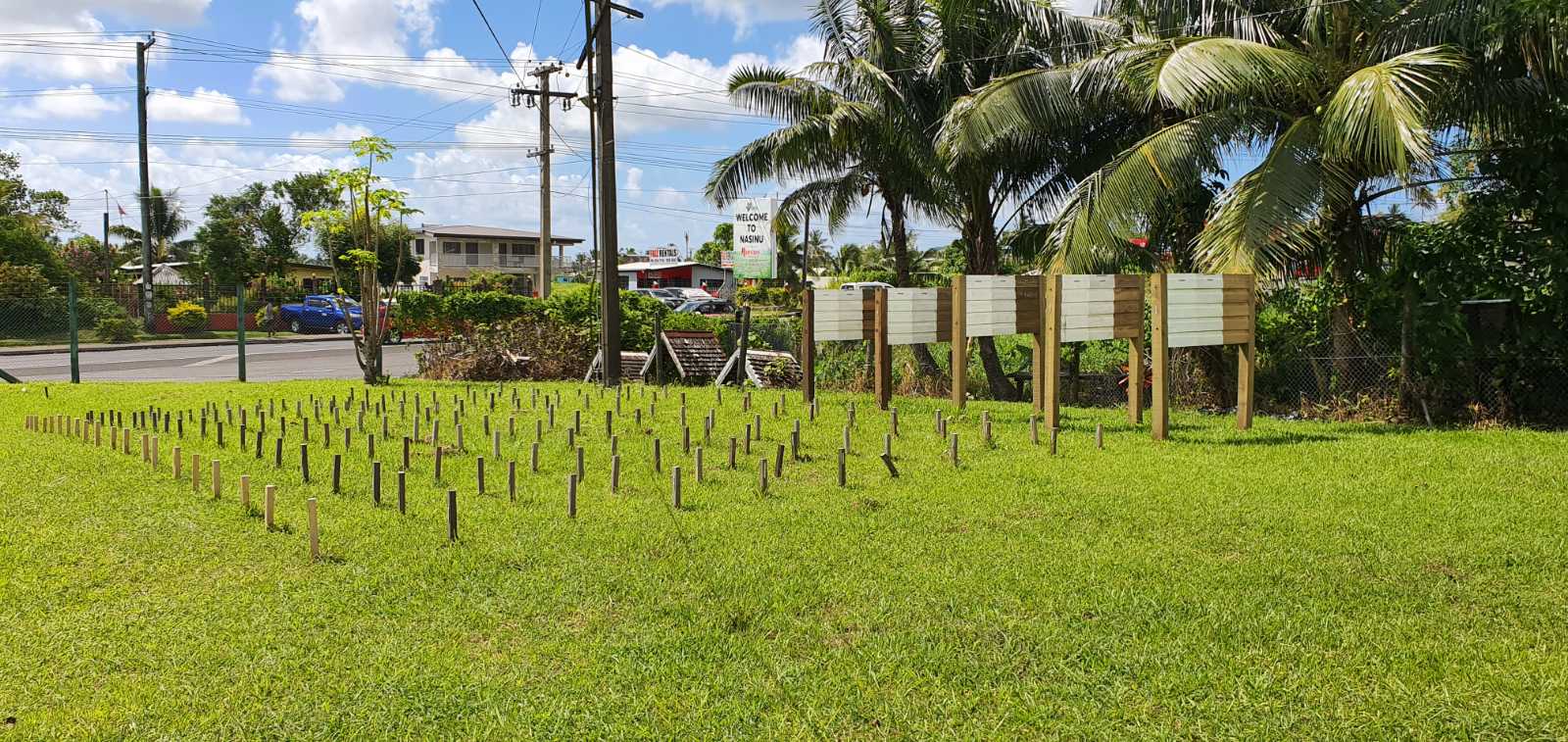
Lesser Known Species for Alternative Timber Use
The
commercial harvesting of native forests began to gain momentum soon after
independence in 1970 as the resource was viewed as a springboard for rural
development, employment and foreign exchange earnings.
Log
production increased over the years reaching a peak of 250,000 cubic meters a
year before stabilizing at around 150,000 cubic meters per annum.
By
2006, native log production recorded a total volume of only 79,480 cubic meters
and decreased to 35,516 cubic meters in 2012.
This
has further decreased in the last five years, with our native log production
now averaging around 30,000 cubic meters per annum. Majority of our logs are
sourced from the 22 (twenty-two) obligatory species which are also classified
as commercial species.
The
pressure on our native forests to produce timber has prompted the Ministry of
Forestry Timber Utilization & Research Division (TUD) to conduct research
on the properties and potential uses of our lesser known species (LKS).
Lesser
known timber species are a group of species which occur in our forests but are
not harvested due to unavailability of information regarding their wood
properties and potential uses.
Given
the relatively low-level stocking of our native forests, expanding our current
list of commercial species to also include the lesser known species will enhance
stocking and reduce some of the pressure on our natural forests.
The
research into lesser known timber species started in 2012 with an annual budget
of $150K to fund some of the required research activities and also the
engagement of an overseas consultant to develop a 5-year Timber Research
Strategic Plan, detailing the priority areas for further research.
In
2014, two lesser known timber species, including kuluva (Xylopia pacifica) and dulewa (Dillenia
biflora) were studied. The tests conducted on these two species included
the determination of their wood densities, evaluation of their sawmilling and treatment
properties, and their natural durability classes.
Director
TUD, Tevita Bulai said that all of these tests were carried out at the timber research
facility in Nasinu.
“Results
of this study indicated that both dulewa and kuluva are classed as medium light
hardwoods and are suitable for end uses such as light construction and furniture,”
he said.
An
article on this work was published in the 2014 Agricultural Journal. Due to the
effects of TC Winston, research work on LKS was suspended in 2016 and 2017
before it resumed in 2017.
“So
far the Ministry of Forestry has identified thirty (30) lesser known timber
species, and research work is focusing on species that are available from their
forest research block located at Nakavu village in the province of Namosi. So
far, eleven (11) species have been extracted from the forest and delivered to
Nasinu where the required laboratory testing are being carried out. The results
of these tests will be published once they have been finalized,” Mr Bulai said.
He
said that as part of the testing, graveyard and service trials had been
established in Nasinu, Korotari and Drasa to assess the natural durability classes
of the eleven (11) species.
“The
eleven (11) lesser known species currently under observation in graveyard
trials are; Sole (Schefflera seemanniana)
, Kaunigai (Haplilobus floribundus) ,
Bausa (Planchonella grayana) , Bulu M
(Garcinia pseudoguttifera) , Damabi (Endiandra gillespiei) , Vutukana (Barringtonia edulis), Kuluva (Dillenia biflora), Marasa, (Storckiella vitiensis) Maqo ni Veikau (Buchanania attenuata), Tomanu (Emmenosperma micropetalum), Dalovoci (Hernandia olivacea)) , and 5 species as
weatherboards (Bausa, Kaunigai, Kuluva, Vutukana, Dulewa (Xylopia pacifica) while in Korotari, Labasa, there are 9 species
as stakes (Bausa, Bulu M, Damabi, Maqo ni Veikau, Kuluva, Kaunigai, Sole,
Tomanu , Vutukana) and 4 species as weatherboards (Bausa, Damabi, Kaunigai,
Kuluva), and in Drasa, Lautoka, there are 6 species as stakes and 3 species as
weatherboards,” he said
These trials, Mr
Bulai added will be assessed on a quarterly basis